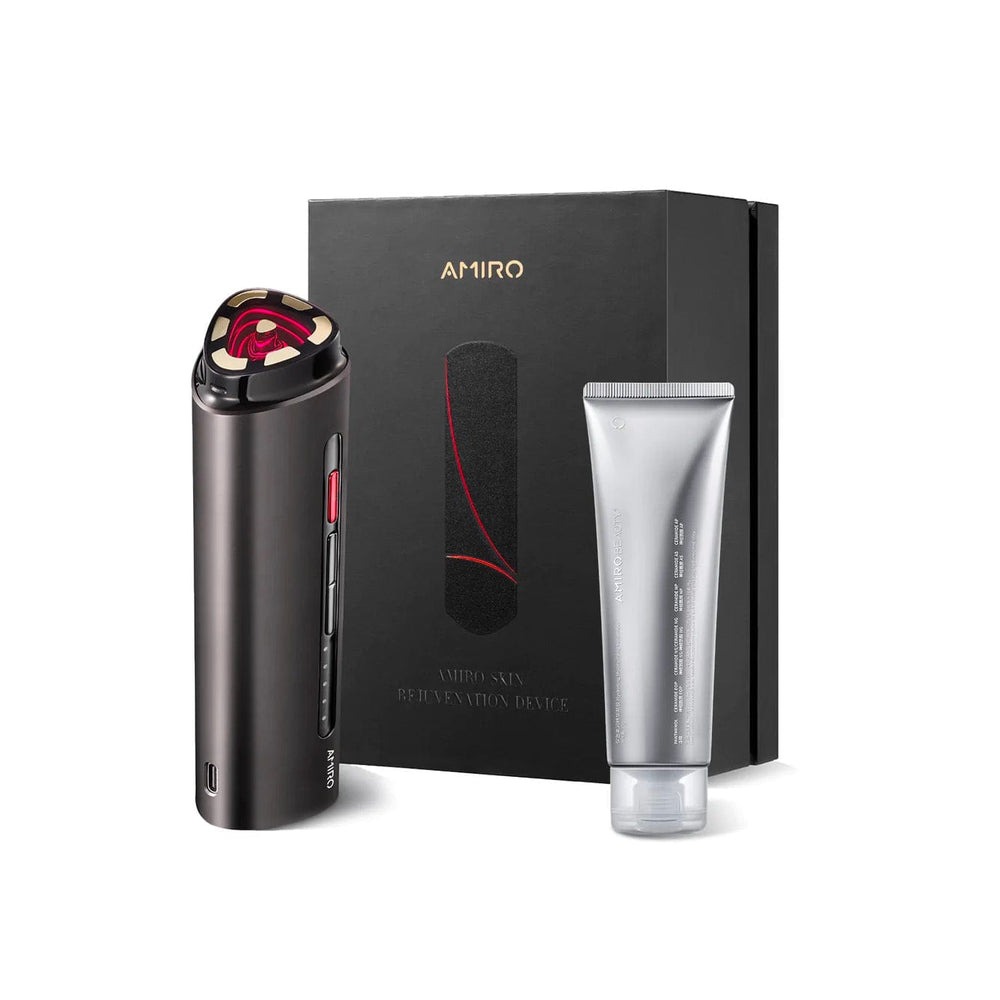If You Want Tight, Lifted Skin With Zero Downtime, Experts Recommend *This* High-Demand Treatment

There are so many treatments and devices out there that claim to tighten, reduce fine lines and wrinkles, and rejuvenate your skin, but there are at least a few that dermatologists and aestheticians actually back. One of them is radio frequency—a skin treatment designed to give you a noticeable lift and renew your inner radiance. While in-office treatments can be done and are great for those who can afford them, radio frequency is also offered in a variety of quality at-home devices, making it pretty accessible. And unlike more aggressive laser treatments, radio frequency doesn't require downtime!
If this sounds good to you, you're going to want to keep reading. I asked a board-certified dermatologist and an aesthetician for everything we need to know about radio frequency skin treatments and the best at-home devices.
What is radio frequency, and what benefits does it offer?
Master organic aesthetician Katie Sobelman breaks down exactly what radio frequency is for those who might be unfamiliar. "Radio frequency is a safe cosmetic treatment that uses energy waves (in the form of radio waves) to create a gentle low level heat," she explains. "This heat penetrates into the deeper layers of the skin, three millimeters down, activating collagen and elastic formation to firm the skin. RF can be used not just to tighten the skin but to minimize fine lines and improve skin tone and texture."
Board-certified dermatologist Brendan Camp, MD, FAAD, explains further that radio frequency creates micro-injuries deep within the tissue of the skin which then, in turn, trigger a reparative process that stimulates new production of collagen and elastin. Although "micro-injuries" might not sound totally appealing, it's similar to other reparative treatments like micro-needling. It can improve the overall quality and texture of your skin in a big way.
Camp also mentions that radio frequency offers an advantage over certain laser treatments. "One of the limitations of lasers is that they may not be appropriate to use on all skin types, because of the risk of discoloration or scarring," he says. Instead, Camp champions treatments that offer a combination of modalities like radio frequency micro-needling. He continues, "Radio frequency micro-needling is an equal opportunity treatment, as it can be used on all skin types."
Additionally, Camp says that radio frequency can be used to treat acne scarring and can even help reduce the appearance of blemishes. It should be noted, however, that if you're dealing with skin barrier damage, inflammation, breakouts, and sensitivity, proceed with caution when it comes to getting a radio frequency skin treatment. Heating the skin too often could potentially cause more inflammation or trigger new breakouts. Start slow, and see how your skin reacts.
Who should get a radio frequency skin treatment?

Radio frequency can benefits people of all ages, but it is most beneficial for folks in their 20s, 30s, and beyond. Like I mentioned above, radio frequency can be used to tighten, firm, and rejuvenate the skin. This may appeal most to folks in their 30s and beyond, but like I previously mentioned, radio frequency is also great for acne scarring and hyperpigmentation.
What are the potential side effects of radio frequency skin treatments?
According to Camp, any potential side effects of this treatment depend on the type of radio frequency skin treatment you're receiving. "The risks and side effects associated with radio frequency depend on the type of treatment because radio frequency is available in a number of different platforms. Radio frequency micro-needling (RFM) is one of the most common. Patients undergoing RFM may experience pinpoint bleeding, redness, swelling, bruising, pain, and temporary skin discoloration."
If done incorrectly, radio frequency treatments could potentially cause unintended fat loss in the face, so be extra careful, do your research, and consult an expert before getting a treatment. This can happen due to excessive overheating of the skin or heating the wrong layers. It can also occur if you do the treatment too often. It's a good idea to consult a dermatologist before starting treatments like this to make sure it's right for your skin and to help you get a better idea of how often you should do it.
There are various forms of radio frequency. The best and safest option for home use is multipolar radio frequency, as it does not penetrate deep enough to affect adipose tissue.
That being said, both Camp and Sobelman have a few at-home devices they love and recommend. At-home devices are definitely pricey but are great to have handy and can provide many long-term benefits if getting in-office treatments all the time isn't fully in your budget. You can check them out below.
The Best At-Home Radio Frequency Devices
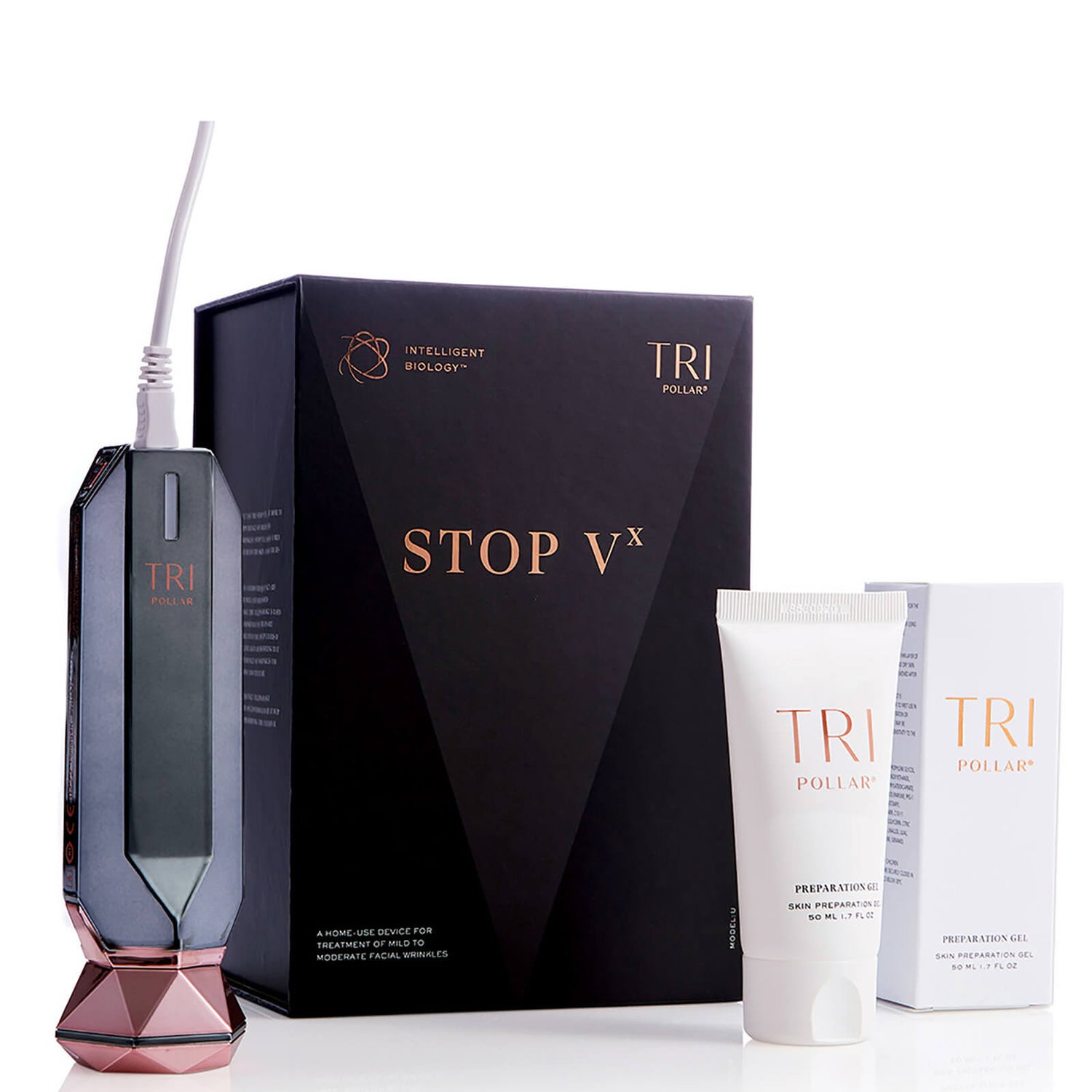
Sobelman recommends options like this one from TriPollar. "The best and safest option for home use is multipolar radio frequency, as it does not penetrate deep enough to affect adipose tissue," she says. This one fits the bill.

Sobelman also loves this radio frequency device from Newa because it's clinically proven to reduce wrinkles by up to 36%.
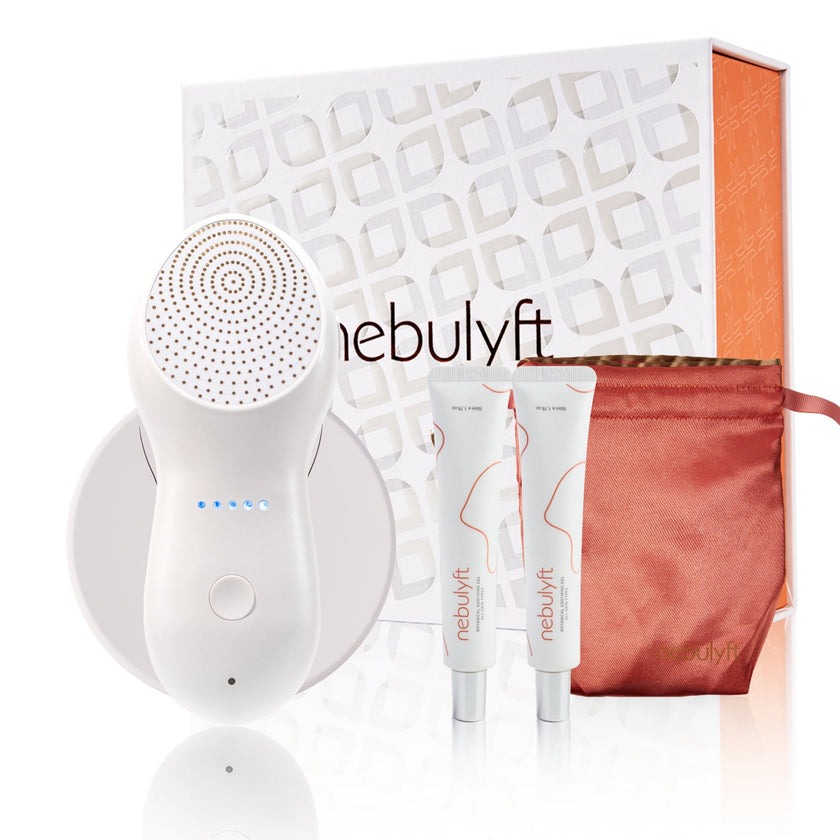
Another recommendation of Sobelman's is the Nebulyft. This device contains patented gold electrodes that deliver radio frequency energy with submillimeter precision. This can reduce treatment time to as little as 10 minutes a day. It can also be adapted to different skin types and various facial areas.
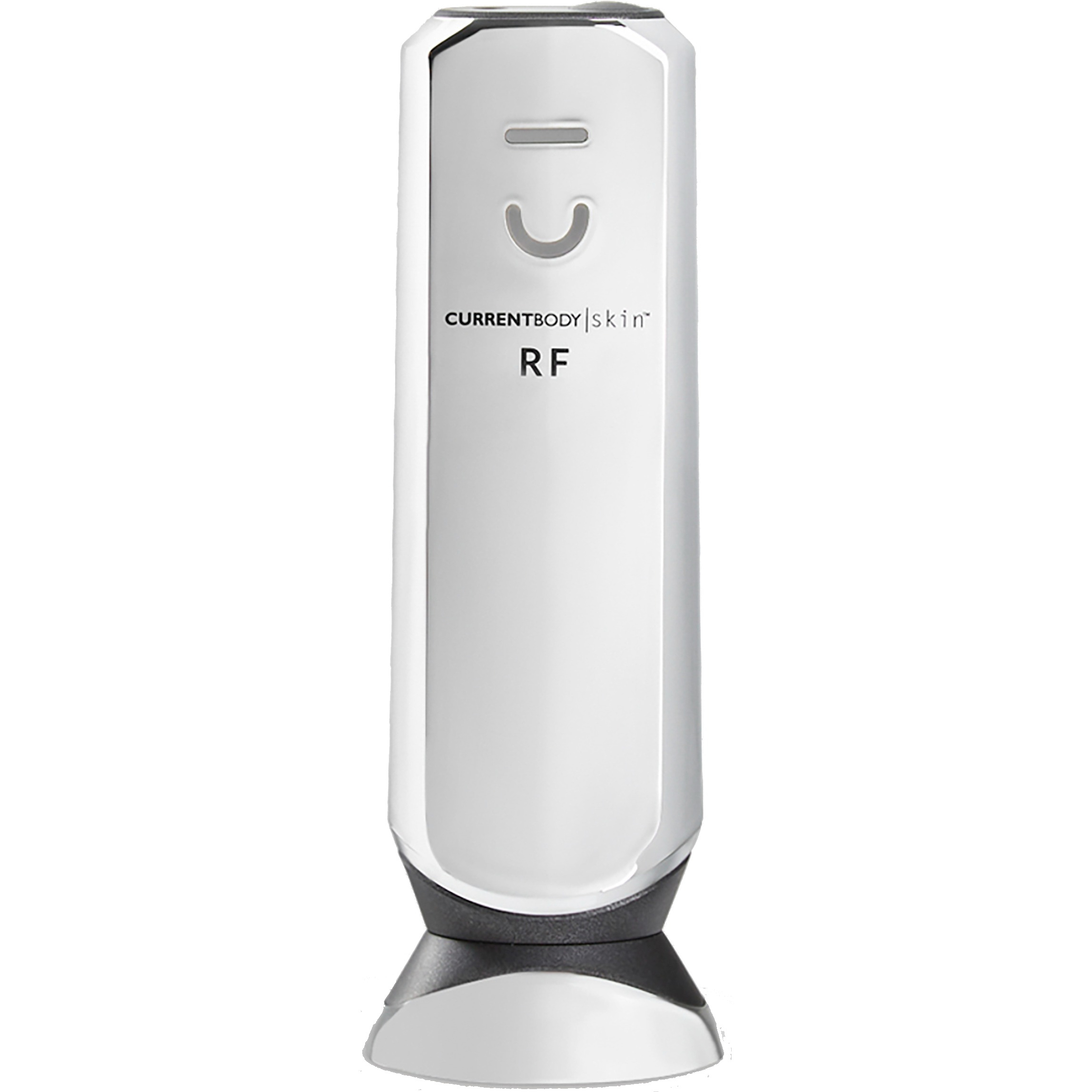
CurrentBody's new radio frequency device is another great option. It improves sagging skin, fine lines, wrinkles, texture, tone, and overall radiance.
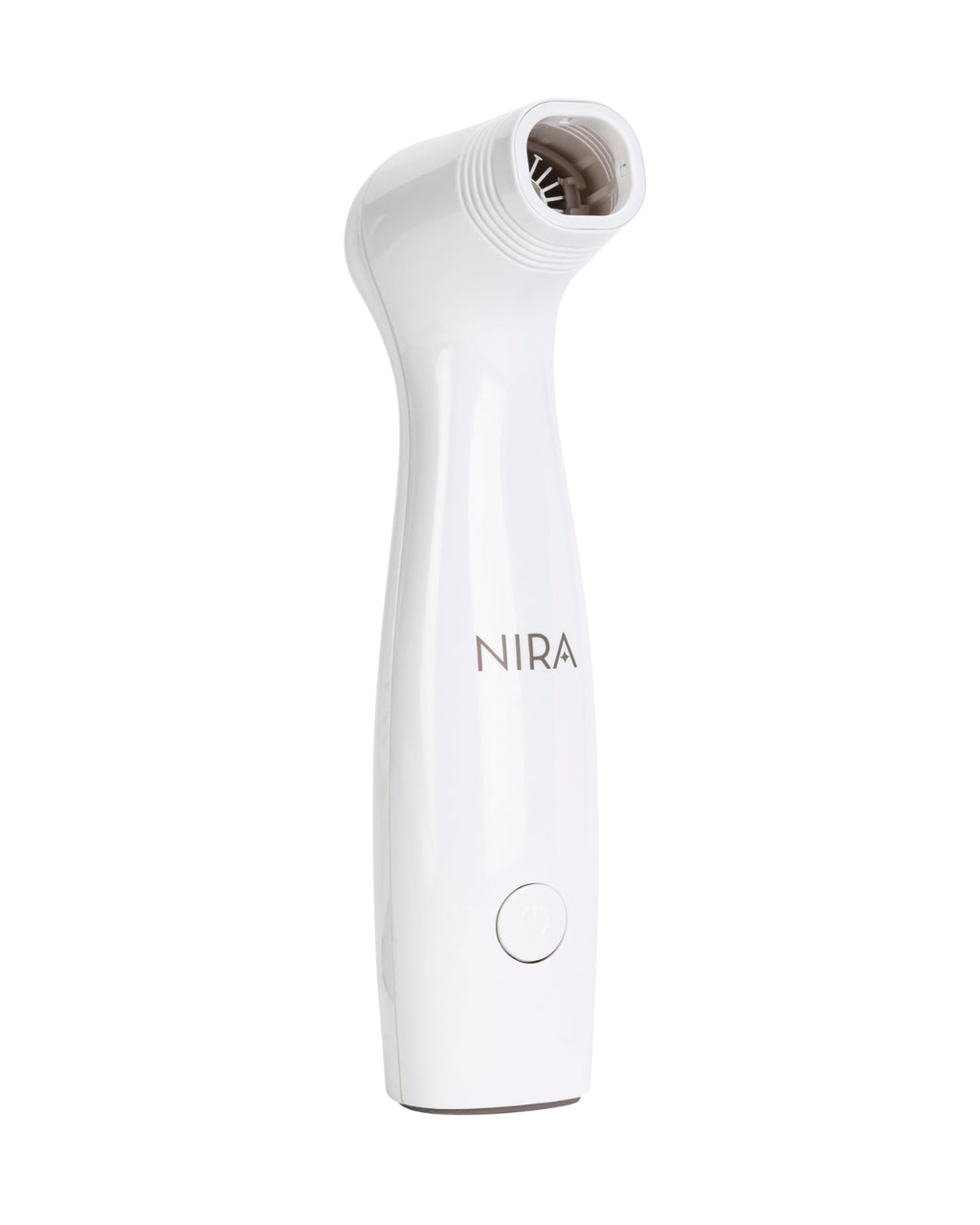
Although Nira's laser isn't exactly a radio frequency device, I wanted to include it on this list because it delivers really similar results and offers 10-minute treatment times, making it easy to incorporate into your regular skincare routine. It works by transmitting a non-fractional, non-ablative laser fluence to gently warm the dermis above the point of heat-shock protein formation and just below the pain threshold.
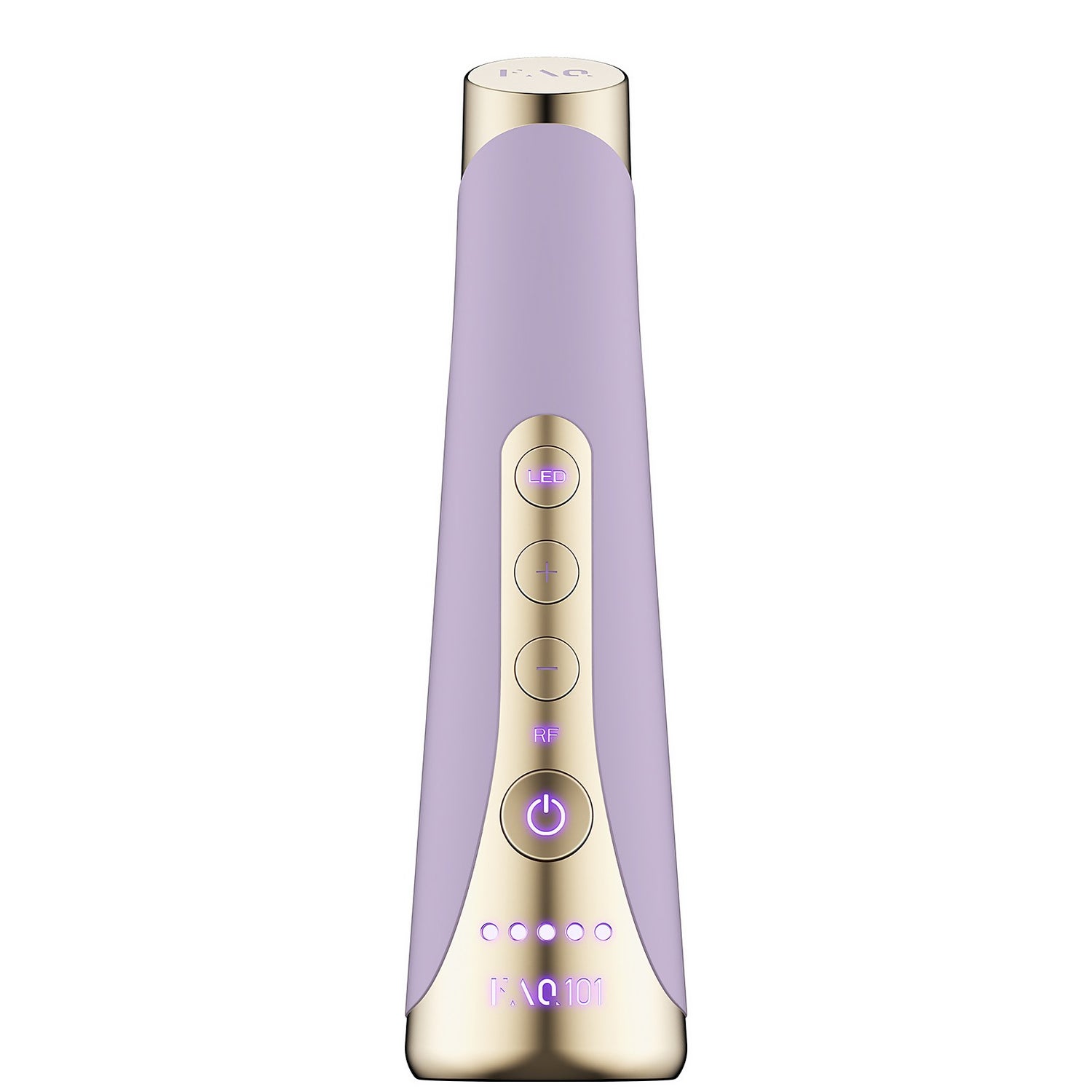
Foreo makes great at-home skincare devices. While the brand's microcurrent device is particularly great, you can also test out the brand's radio frequency device. This one is equipped with red LED light technology, which will enhance your results.

If you're on a bit more of a budget, this at-home device fits the bill. This multifaceted device allows you to use both radio frequency and EMS (electrical muscle stimulation) in your treatments. It lifts, tones, and firms the skin. Like the above device, it also features red light therapy to further stimulate new collagen production.
Shawna Hudson is a beauty, wellness, lifestyle, and travel writer with over 10 years of experience. She graduated from California State University, Fullerton, with a degree in journalism and has written for other publications such as Bustle, The Zoe Report, Byrdie, Elite Daily, and more. She is currently a beauty writer at Who What Wear and hopes to continue feeding her (completely out-of-control) beauty obsession as long as she can. Stay up to date on her latest finds on Instagram @shawnasimonee.
